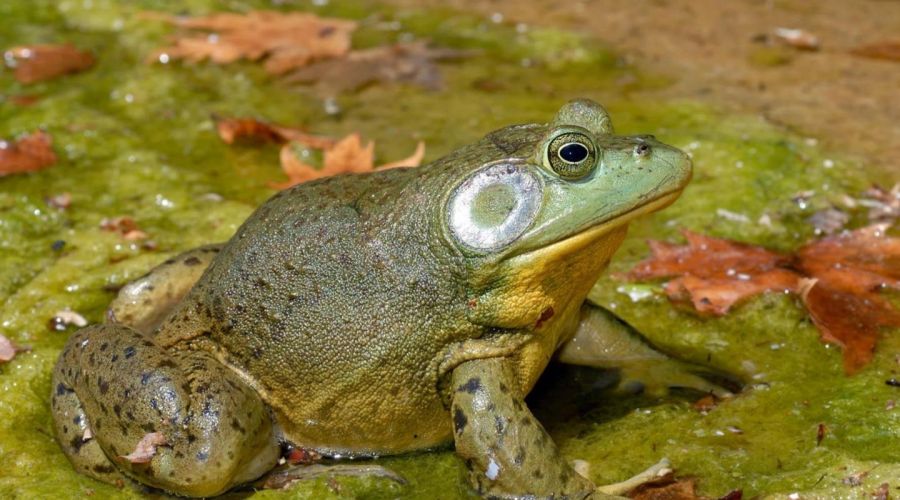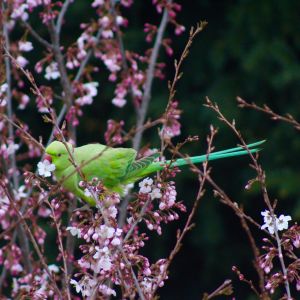Invasive species of plants and animals cost us much more than scientists estimated

Estimates of the global economic burden caused by invasive species are severely underestimated. Scientists from the Faculty of Fisheries and Protection of Waters at the University of South Bohemia in České Budějovice combined models of invasive species distribution with macroeconomic and environmental projections and calculated that the currently known costs associated with these species are underestimated by more than 1,600 percent, according to current databases.
The findings, based on data from 162 analyzed invasive species, highlight potential emerging damages and can help individual countries better plan effective measures to manage the occurrence of these organisms. The research was published by scientists in the prestigious journal Nature Ecology & Evolution.
Biological invasions represent a global threat to biodiversity and the economy and are implicated in 60% of recorded worldwide extinctions of various species. Previous estimates of the financial costs associated with invasive species were based only on a few documented cases from a limited number of countries—mainly from Europe and North America. This led to underestimation, especially in regions with less data coverage, such as Africa and Asia.
To provide a more accurate estimate of global costs, scientists Ismael Soto (University of South Bohemia), Brian Leung (McGill University, Montreal, Canada), and their colleagues combined estimated expenses (including damage to agriculture and management costs) at the national level for 162 invasive species with models of their global distribution. These species included, for example, the Asian tiger mosquito, the American bullfrog, and the tree of heaven. The authors then modeled the costs associated with these species in other countries as well, including 78 states where such data had previously been lacking. The total global costs were estimated at approximately 35 billion US dollars annually over the past 60 years, an amount comparable to global spending on extreme weather events caused by climate change.
Europe paid the most for invasive species during this period (an estimated 1,584 billion dollars), followed by North America (226 billion dollars) and Asia (182 billion dollars). The highest costs were caused by invasive plants—for example, butterfly bush, water hyacinth, or alligator weed formed the group with the highest total estimated costs over the last 60 years (926 billion dollars). Arthropods (830 billion dollars) and mammals (263 billion dollars) also ranked high in expenditure.
“I consider the research to be timely and very beneficial. It deals with one of the most persistent challenges in our field—underestimation and geographical biases in the cost estimates of invasions. Personally, I see it as a kind of ‘wake-up call’—a basis for future research,” says the article’s author Ismael Soto from the University of South Bohemia.
The results of the research improve our understanding of the financial costs associated with invasive species at the national level. At the same time, they highlight the urgent need for regionally focused strategies and policies to mitigate the impacts of invasive species around the world.



